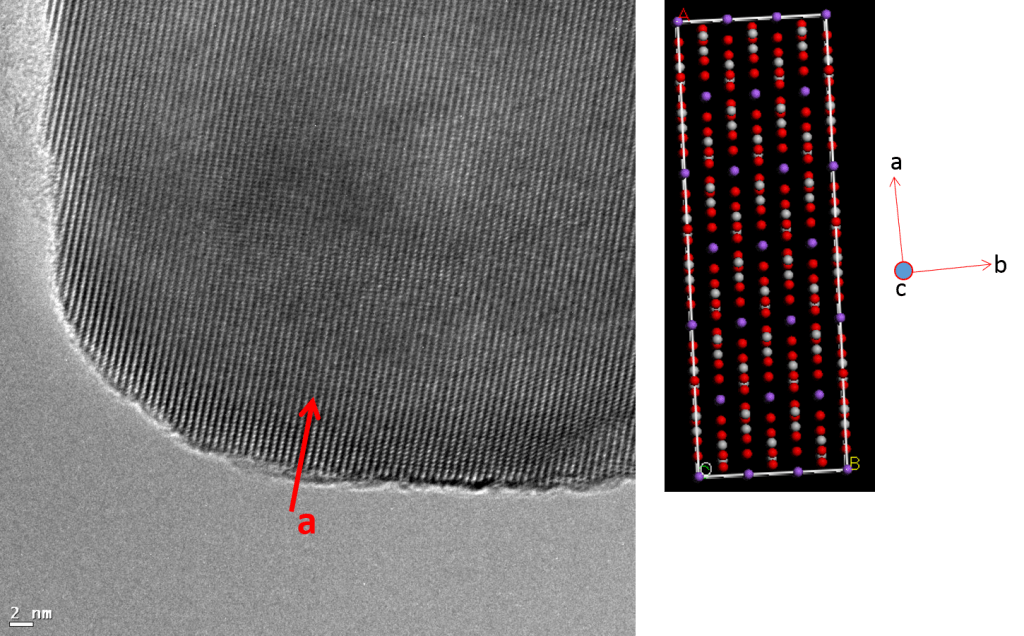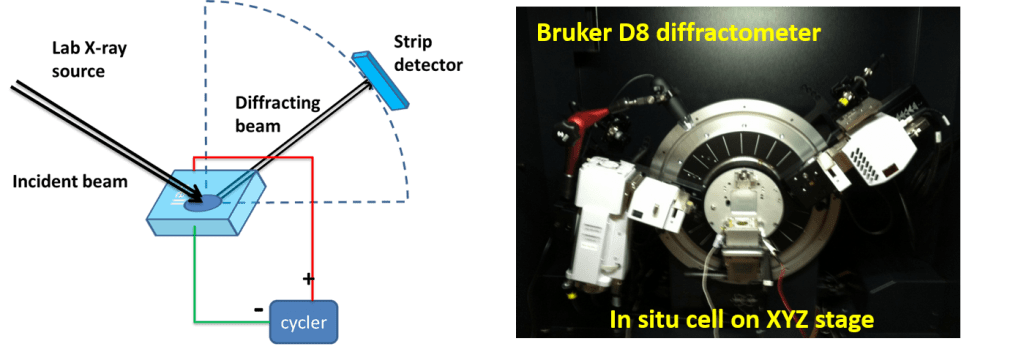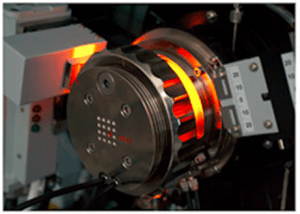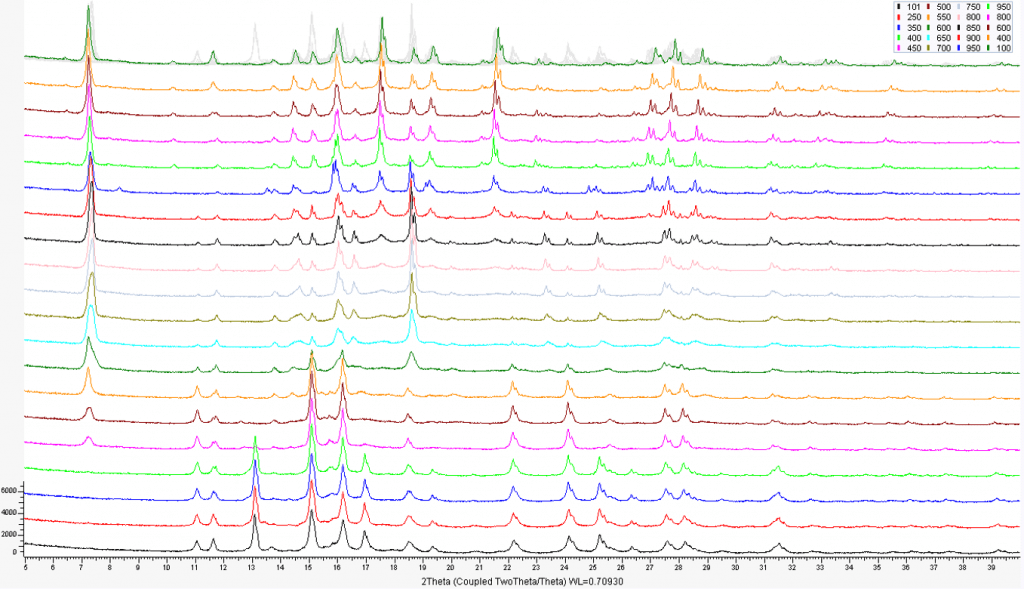Advanced in situ characterization techniques is essentially important to understand the formation and functioning mechanisms of functional materials.
-
I. in situ X-ray diffraction with lab X-ray and synchrotron based X-ray
- 1) in situ XRD for batteries.
We developed in situ cells for both lab X-ray and synchrotron X-ray, which allow us to collect XRD patterns of cathode or anode materials in a functioning cell. The lab X-ray cell works with a reflection mode and the synchrotron X-ray cell works with a transmission mode
-
2) in situ XRD for synthesis
- in situ XRD can also be performed during the synthesis processes. We have developed a variety of setups that allow us to collect XRD patterns for Solid State Synthesis (up to 1200 degree C), Hydrothermal synthesis, Solvothermal Synthesis and Molten Salt Synthesis. In situ XRD allows us to track the phase evolution in the synthesis process and provides kinetics information of the synthesis reactions.
-
II. in situ solid state NMR for batteries
- Solid state NMR is a powerful tool that detects the local structure of solid materials, no matter they are crystalline or amorphous. In situ solid state NMR is a tool that can detect the structural changes of materials in a running battery. For example, the work published on Nat. Mater., 2010 demonstrated that the formation of mossy lithium metal on the anode side of the lithium ion battery can be quantified by in situ solid state NMR.
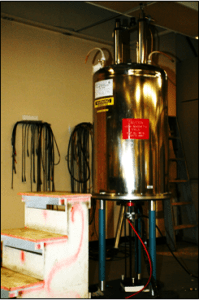
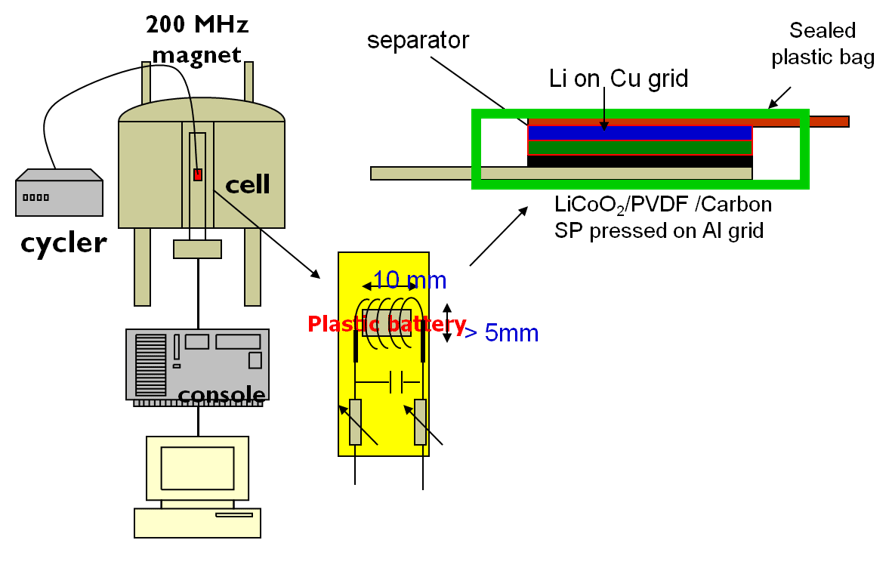

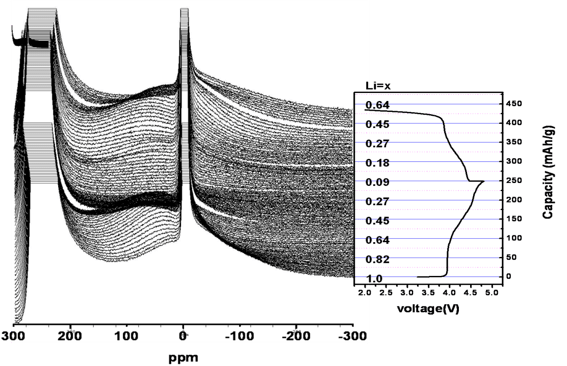
-
III. in situ microscopy
- In situ SEM or TEM can be used to directly capture the morphological changes of the electrode materials in electrochemical reaction and combined with modeling, it can provide significant insights of the reaction mechanism that can not be provided by other tools.
